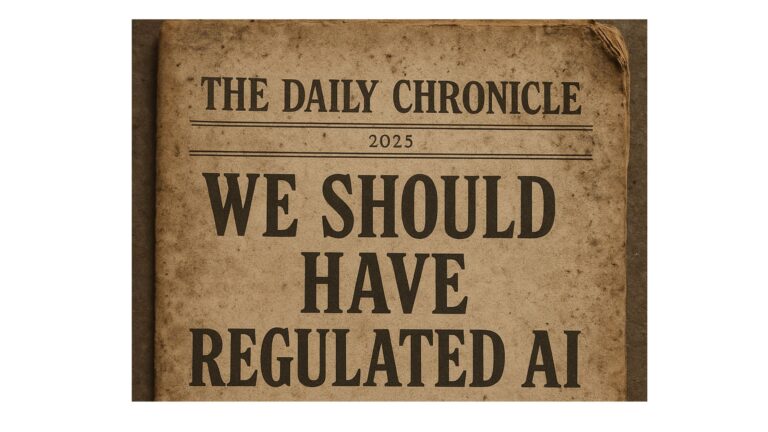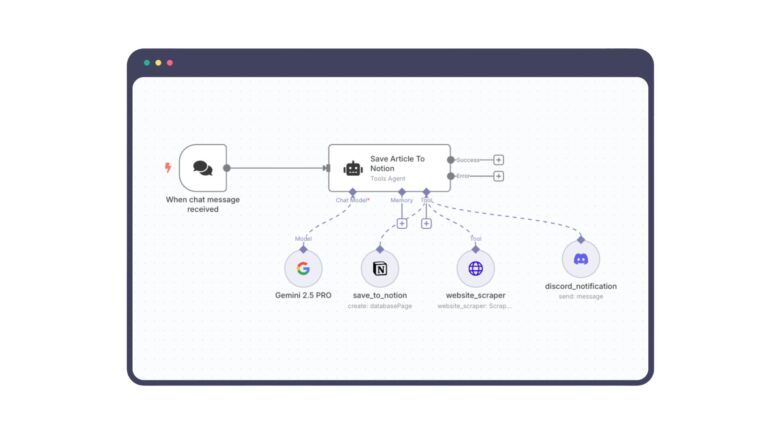As health tech evolves, the regulatory environment governing data privacy continues to grow in complexity. Navigating this intricate web of global and regional privacy laws is crucial for ensuring compliance and maintaining trust. In this part of the series, we explore key regulations, their impact on health tech, and strategies to manage compliance effectively.
Health Insurance Portability and Accountability Act (HIPAA) – USA
The Health Insurance Portability and Accountability Act (HIPAA) was enacted by the U.S. Congress in 1996. Initially, it aimed to achieve two primary goals:
- Health Insurance Portability: Ensure individuals could maintain health insurance coverage when changing jobs or experiencing other life events.
- Administrative Simplification: Promote the digitization of health information to improve efficiency while establishing safeguards to protect sensitive patient data.
The Key Components of HIPAA includes:
- Privacy Rule (2000)
- Established standards for the protection of “Protected Health Information” (PHI), defining how it can be used and disclosed by covered entities (e.g., healthcare providers, insurers). It gave patients rights over their health information, including the right to access and amend their records.
- Security Rule (2003)
- Focused on the safeguarding of electronic PHI (ePHI) through administrative, technical, and physical security measures. The required organizations to conduct regular risk assessments and implement measures like encryption and access controls.
- Enforcement Rule (2006)
- Empowered the Department of Health and Human Services (HHS) to investigate HIPAA violations and impose penalties for non-compliance, Office of Civil Rights (OCR) within HHS is responsible for enforcing the HIPAA Enforcement Rule.
- Breach Notification Rule (2009)
- Introduced under the HITECH Act, this rule mandated organizations to notify affected individuals, HHS, and, in some cases, the media, about breaches involving unsecured PHI.
HIPAA introduced critical standards for protecting health information and paved the way for addressing privacy concerns in an increasingly digital healthcare ecosystem. In 2018, Anthem then paid a record-setting $16 million settlement to the Office for Civil Rights for Health Insurance Portability and Accountability Act (HIPAA) violations stemming from the breach.
General Data Protection Regulation (GDPR) – European Union
The General Data Protection Regulation (GDPR), enacted by the European Union (EU) in May 2018, is one of the most comprehensive and stringent data privacy frameworks in the world. Its goal is to harmonize data protection laws across the EU, safeguard individual privacy, and give individuals greater control over their personal data. For the health tech industry, which often processes sensitive health information, GDPR has profound implications.
The Key Components of GDPR includes:
- Scope of Application
- GDPR applies to any organization processing personal data of EU residents, regardless of where the organization is located. Personal data includes a wide range of identifiers, such as names, email addresses, IP addresses, and health data (classified as a “special category” of data requiring additional safeguards).
- Principles of Data Processing
GDPR enforces seven key principles:- Lawfulness, Fairness, and Transparency: Data must be processed lawfully, fairly, and in a transparent manner.
- Purpose Limitation: Data can only be collected for specified, explicit, and legitimate purposes.
- Data Minimization: Only collect data that is adequate, relevant, and necessary.
- Accuracy: Keep data accurate and up to date.
- Storage Limitation: Retain data only as long as necessary.
- Integrity and Confidentiality: Protect data against unauthorized access and breaches.
- Accountability: Organizations must demonstrate compliance with GDPR requirements.
- Consent Requirements
- Consent must be explicit, informed, and freely given, particularly for processing sensitive data such as health information. Individuals must have the ability to withdraw consent at any time.
- Rights of Data Subjects
GDPR empowers individuals with rights, including:- Right to Access: Individuals can request access to their data.
- Right to Rectification: They can request corrections to inaccurate or incomplete data.
- Right to Erasure (“Right to be Forgotten”): Individuals can request data deletion under specific conditions.
- Right to Data Portability: They can receive their data in a portable format or transfer it to another organization.
- Right to Object: They can object to certain types of data processing, such as direct marketing.
- Data Breach Notification
- Organizations must notify supervisory authorities within 72 hours of discovering a breach that could risk individual rights.
- Cross-Border Data Transfers
- Transfers outside the EU are restricted unless adequate safeguards, such as Standard Contractual Clauses (SCCs) or Binding Corporate Rules (BCRs), are in place.
GDPR’s Impact on Health Tech Companies
Health data is classified as “special category data” under GDPR, demanding higher levels of protection. This affects health tech companies developing Wearable devices that monitor health metrics, AI tools for diagnostics, Telemedicine platforms managing patient records.
The Operational Changes requires implementing privacy-by-design principles in the product development stage and embedding data protection officers (DPOs) to oversee GDPR compliance.
The high costs of Non-Compliance has compelled healthcare entities to prioritize compliance, fines for GDPR violations can reach up to €20 million or 4% of global annual turnover, whichever is higher. In 2020, a health research company faced a €1.2 million fine for failing to anonymize health data properly. In 2020, H&M’s customer service center was fined €35.3 million for collecting and improperly using employee health data without adequate safeguards.








